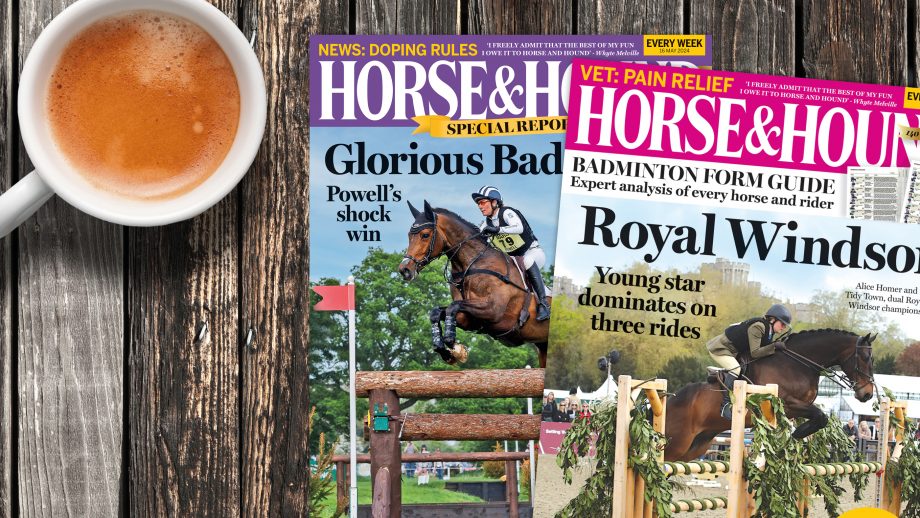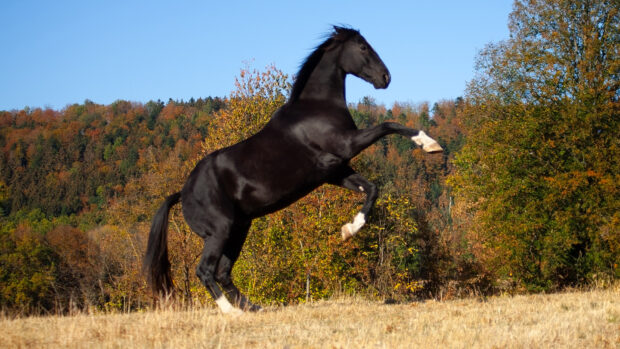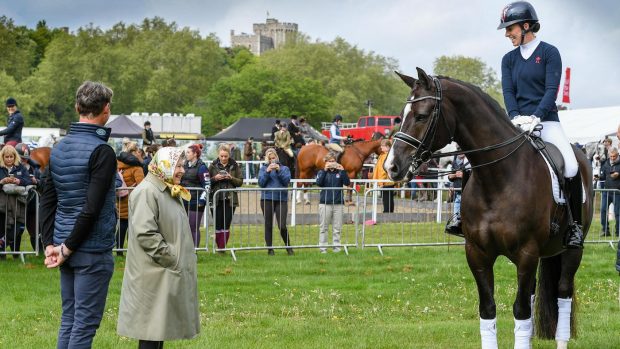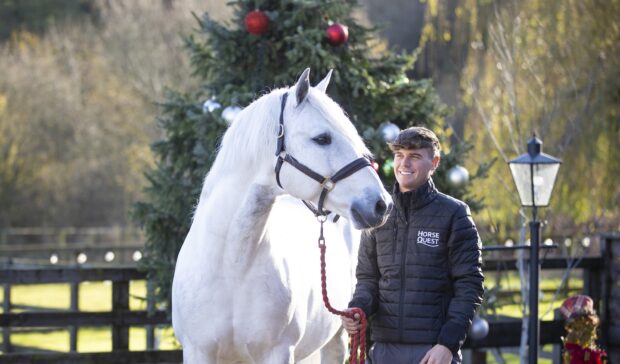Are judges scoring more strictly in dressage? It’s a question that’s gained traction following recent scrutiny of judging scores, and Carl Hester raised it in a recent Horse & Hound column.
At the heart of those discussions has been how to keep horse welfare front and centre, while reinforcing core principles like freedom and regularity of movement, balanced transitions and lightness. So far, no rule changes have landed – but are judges already adjusting their scoring?
Let’s look at the data…
To understand where scores are now, it’s useful to look at how they’ve changed over time.
In the grand prix at the four Olympic Games between 1996 and 2008, marks stayed fairly steady. The average for the top five had a slight downward trend: 75.1% in 1996, 75.02% in 2000, 74.77% in 2004, and 73.08% in 2008. The scores needed for a top-10 finish were also consistent, all within a 2% range, from 69.67% to 71.29%.
It was at London 2012 that things shifted. The top-five average jumped to 80.66%, up 7.58% from Beijing. And it wasn’t just at the top end. The 10th-placed rider scored 75.61%, and further down the field, scores were higher: the average for 11th to 15th was up by nearly 6%, and for 26th to 30th, up by 6.45%.
In Beijing 2008, only nine combinations scored over 70%. By London, that number had risen to 30, with three – Valegro, Parzival and Damon Hill – breaking 80%. The upward trend continued at Rio 2016, with 36 combinations over 70%, four over 80% (Valegro, Desperados FRH, Showtime FRH and Weihegold OLD), a top-five average of 81.4%, and the 26th to 30th average up to 72.08%.
The world record scores across all three tests were broken 14 times between 2008 and 2016, with the current highest scores all achieved in that period by Charlotte Dujardin and Valegro. While statistical outliers like Valegro helped drive top-end numbers, the rise in scores was consistent throughout the field.
Even after his retirement, scores kept climbing: at the Tokyo Olympics in 2021, the top-five average edged higher again to 81.54%. Carina Cassøe Krüth and Heiline’s Danciera scored 76.68% to finish 10th –the highest ever score for that placing, and a grand prix mark which would have been the highest at the 2008 Games.
Dressage scores: where we are now
At the 2024 Paris Games, scores had begun to decline at the top end, despite a stacked field, with the top five averaging 79.57%. But for the rest of the field, the scores remained consistent, 26th to 30th averaged 70.8% – up on the 70.19% at the previous Games – while the 10th placed finishers (Frederic Wandres and Bluetooth) scored 76.12%.
Since Paris, scrutiny has intensified. At the World Cup Final in Basel, some scores were met with whistles from the crowd and drew attention online – a sign that judging is now under both technical and public pressure. Add to that media focus on blue tongues and contact issues, tack debates in the European Parliament, a reflective Level 4 Judges Meeting in Bern (4–5 February), and the conversation around scoring has only grown louder.
Of the 60 combinations that started the grand prix in Paris, 12 have since competed in at least three World Cup qualifiers – events that, outside of championships, are most likely to be judged by the high proportion of Level 4 judges.
Of those 12, four have improved their averages in the World Cup season (ordered by finishing place in Paris):
- Becky Moody and Jagerbomb are up by 1.52%
- Adrienne Lyle and Helix by 0.29%
- Larissa Pauluis and Flambeau by 1.04%
- Corentin Pottier and Gotilas by 1.98%
The remaining eight combinations saw an average drop of 1.04%. Taken together, the overall difference across the 12 riders is minimal: a slight average increase of just 0.09%.
This isn’t the most robust data set – some riders may have underperformed in Paris, and World Cup qualifier scores in America, for instance, do tend to run higher. But even so, there’s no clear sign of a broader shift in scoring.
Beyond the World Cup series, Nations Cup results tell a slightly different story. The average score at Wellington CDIO3* (19–23 February) was 2.03% lower than the average from the past three years. At Compiègne CDIO5*, the drop was even steeper, down 3.19%.
That said, this may reflect the Nations Cup’s diminished status in recent years. With less weight in selection decisions, it may attract different riding strategies or up-and-coming combinations not in peak form.
At the national level, results show even less change. At the recent NAF Five Star Winter Dressage Championships, in the straight gold classes, average scores were in line with the previous year. Winning marks were up in five of the seven tests, and down in two.
So, what does this all suggest?
There’s no strong evidence of widespread score deflation in dressage, yet. While top-end marks dipped slightly at the Paris Olympics compared to Tokyo, the rest of the field held firm – or improved. World Cup results show no significant movement either way, and national-level scores remain stable.
Nations Cup events have seen the sharpest drops so far this year, but that may have more to do with the competition’s shifting role than judging itself. Overall, what we’re seeing isn’t a systemic tightening – just a subtle recalibration at the top.
- To stay up to date with all the breaking news from major shows throughout 2025, subscribe to the Horse & Hound website
You may also be interested in:

Why we are seeing blue tongues in dressage arenas – and what needs to be done about it

The history of hyperflexion in dressage training – and how the sport can move away from it

How horse abuse is penalised in sport – and the challenges of bringing a case before the FEI Tribunal

Richard Davison: ‘Dressage needs to implement the code of points’

Subscribe to Horse & Hound magazine today – and enjoy unlimited website access all year round






